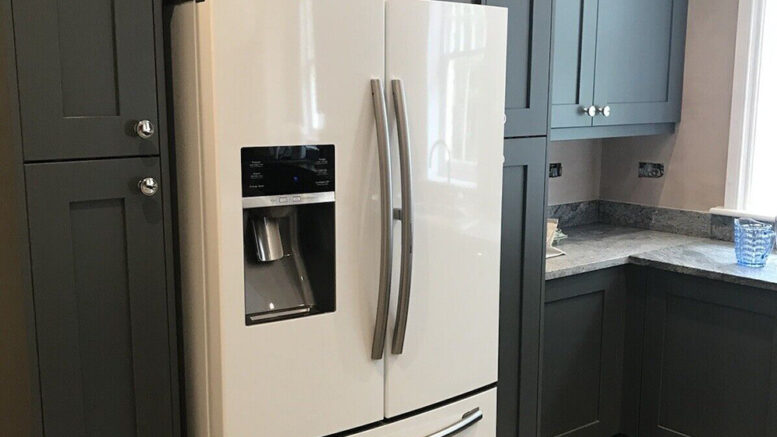Despite a decline in average energy consumption, the UK faced an additional £1.1 billion on energy bills in 2022. Fresh research uncovers the mean energy consumption rates and related bills for various households across the nation.
An in-depth study conducted by BOXT shed light on energy usage trends and costs in the UK. The research analysed how a property’s features and the year’s seasonal patterns impact energy consumption, providing an intricate view of the nation’s energy landscape.
The study discovered that a flat or a 1-bedroom house, occupied by 1-2 residents, typically utilises 8,000 kWh of gas and 1,800 kWh of electricity each year. These homes, on average, face an annual gas bill of £996 and an electricity bill of £717, which includes standing charges.
A 3-bedroom house’s yearly gas consumption was reported to be 12,000 kWh, a substantial 4,000 kWh more than its 1-bedroom counterpart. Such properties also utilise around 2,900 kWh of electricity annually. The aggregate energy bill for gas and electricity in these residences reaches £2,500 – approximately £800 more than in a 1-bedroom house or flat.
As for a 5-bedroom house, home to 4-5 individuals, the annual average gas consumption scales to about 17,000 kWh, up by 5,000 kWh compared to a 3-bedroom house. The average yearly electricity consumption was noted at 4,300 kWh. The combined annual energy bill in these households hovers around £3,493, nearly £1,000 more than a medium-sized household.
The investigation further highlighted the following:
- Among household appliances, the fridge-freezer demands the most electricity, costing approximately £138.72 each year. Electric tumble dryers come in second, accounting for roughly £125.80 annually, followed by electric hobs at an average yearly cost of £102.35, based on usage 424 times per annum.
- In the period between 1995 – 2022, the first quarter (January to March) saw the highest consumption of gas and electricity. The UK’s mean electricity usage stands at 89.28 TWh during these months, amounting to an estimated £30.3 billion based on current costs.
- Energy efficiency was found to be lowest in properties constructed before the 1930s, which on average received a D rating of 59. This rating falls significantly short of the lower C rating of 69. In contrast, properties built after 2012 received a median EPC rating of 83, a B rating, making them the most energy-efficient.
- Properties built between 1983 to 2011 have an average EPC rating of 71 in England and Wales, which is a C rating, meeting the government’s minimum EPC rating threshold set for 2025.
You can view the full study here: https://www.boxt.co.uk/boilers/guides/energy-index





